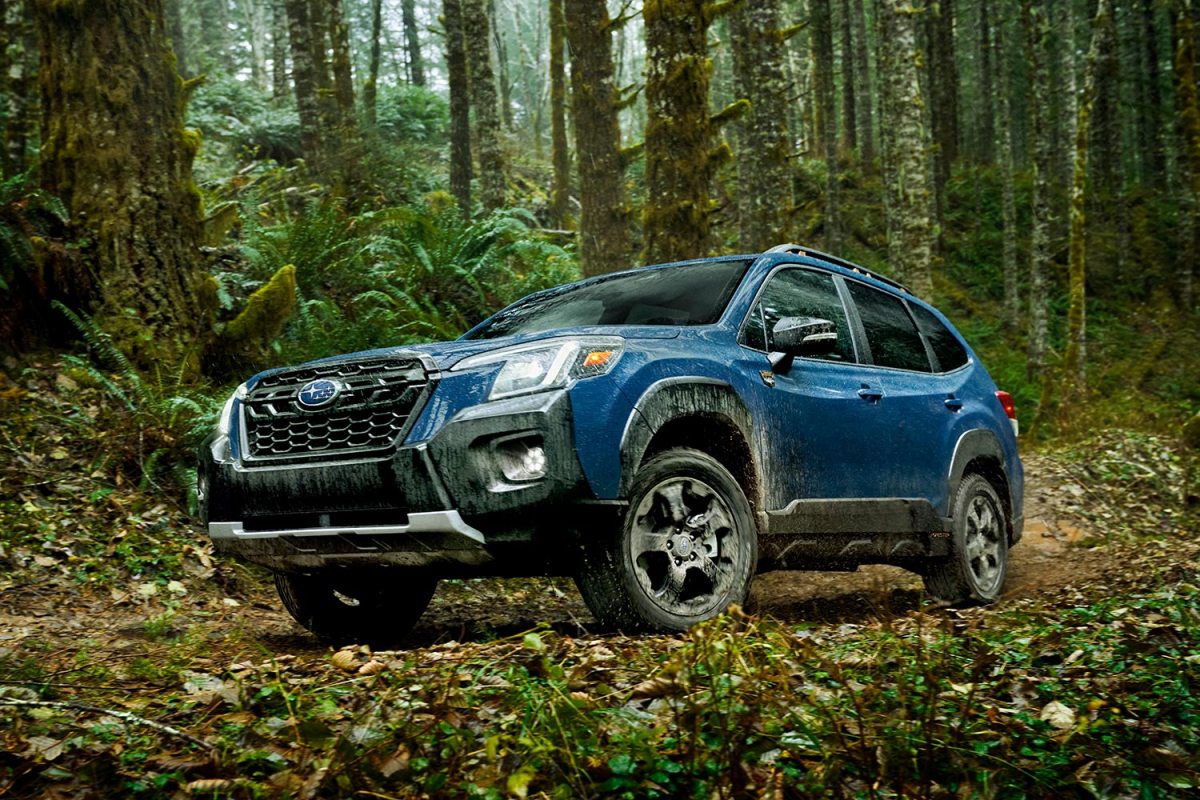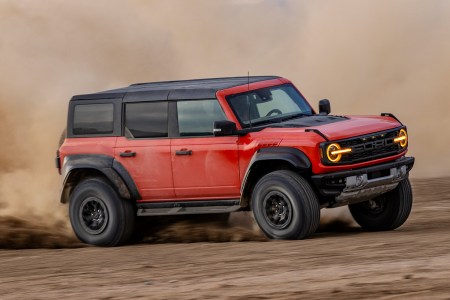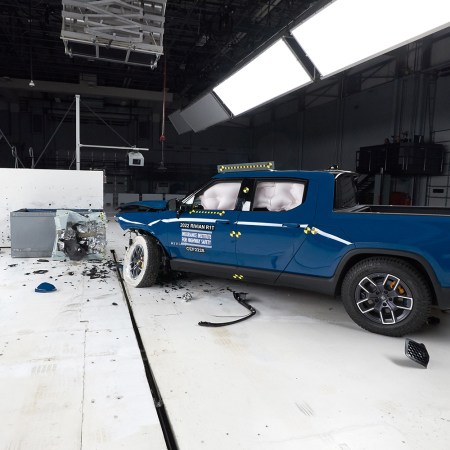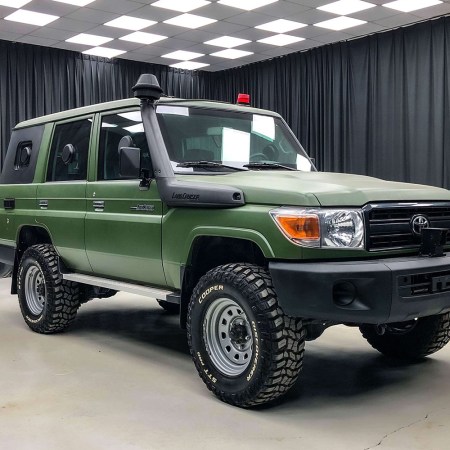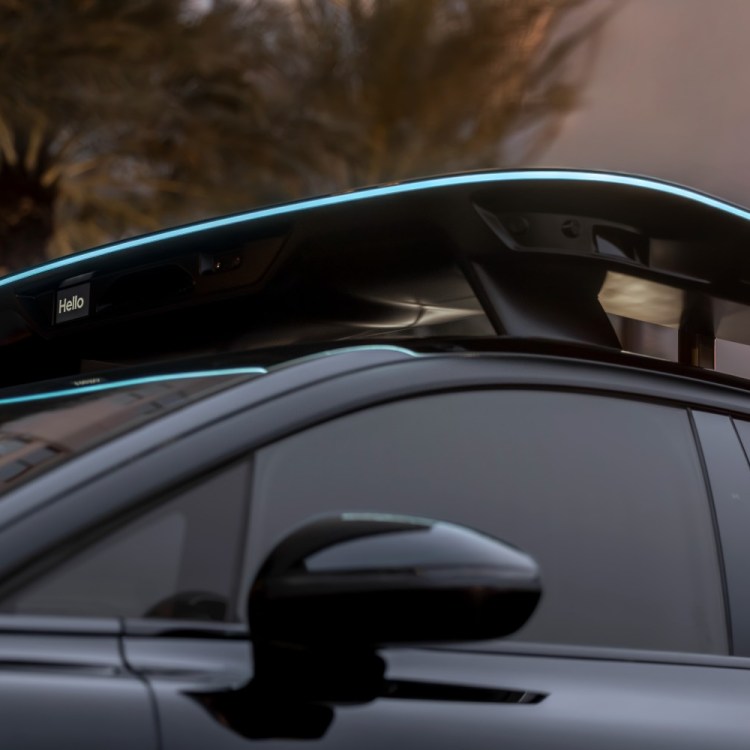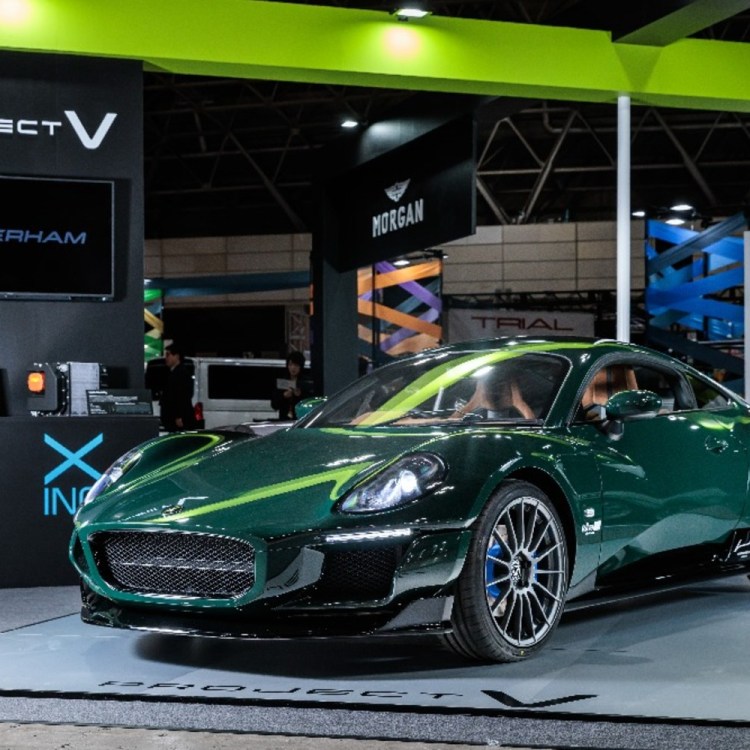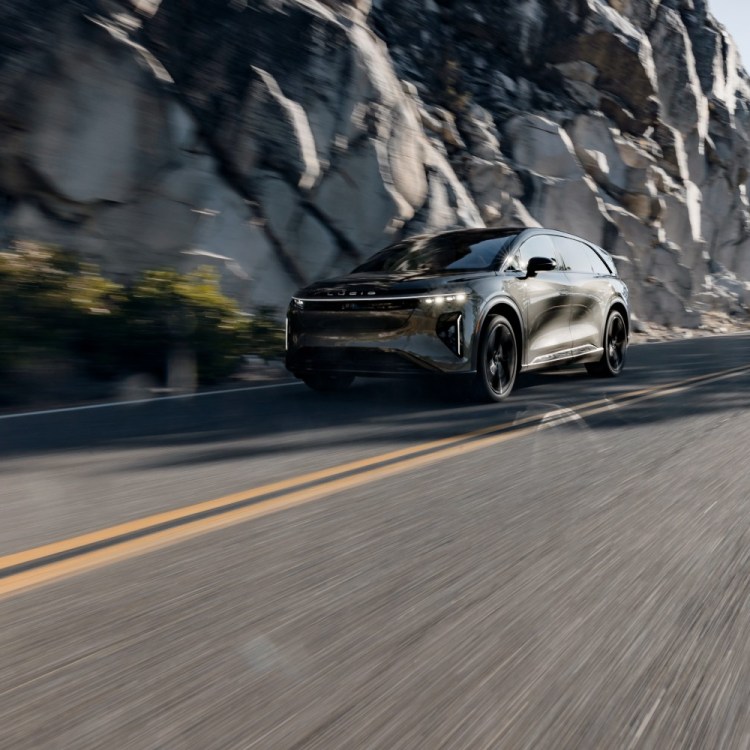I fly the Subaru flag hard. My first car was a 2014 Impreza Sport 5-Door. I loved the versatility of the vehicle, knowing that I could get almost anywhere I wanted to go regardless of the weather, and with a couple of friends and our weekend gear in tow.
I’ve driven various iterations of the Japanese automaker’s lineup since then, including the Outback and the Legacy, and I’ve spent plenty of time as a passenger in my friend’s rambunctious, now sought-after WRX STI wagon.
Today, Subaru is trying to adapt to the times with an enhanced version of two of its best-sellers, the Outback and Forester, underneath a new Wilderness badging launched last year. These vehicles were developed in response to customer demand, as a Subaru rep explained to me — to “enhance” the hobbies of Subaru’s “active lifestyle” buyers, such as hiking, biking, kayaking and camping.
“Our customers were telling us both directly (through surveys, emails and social media) and indirectly (through social media and vehicle equipment purchases/modifications) that they loved their vehicles and their capability, but that they wanted more of it,” the rep added.
The suburbs of Portland, Oregon are about as Subaru-centric as you can get, which made it the perfect area to spend a week getting to know the Forester Wilderness, both on- and off-road, and through the trials and tribulations of the daily commute, where most Portland-based Subies the bulk of their time. Here’s how it fared.

Rough and Tumble
Both Wilderness edition models are meant to meet this newfound demand with amended gear ratios, beefier tires and suspension, and, most noticeably, a slight lift over their standard counterparts. Also, the roof rack is reinforced to handle up to 800 pounds, so go nuts with that rooftop tent.
While this all sounds great, Subarus are already pretty capable on their own, especially in the small SUV format of the Outback and Forester. What the brand ended up doing was satisfying the need for something with marginally more capability. While it is more outdoors-ready, it is significantly more expensive, and loses any real sophistication in the process.
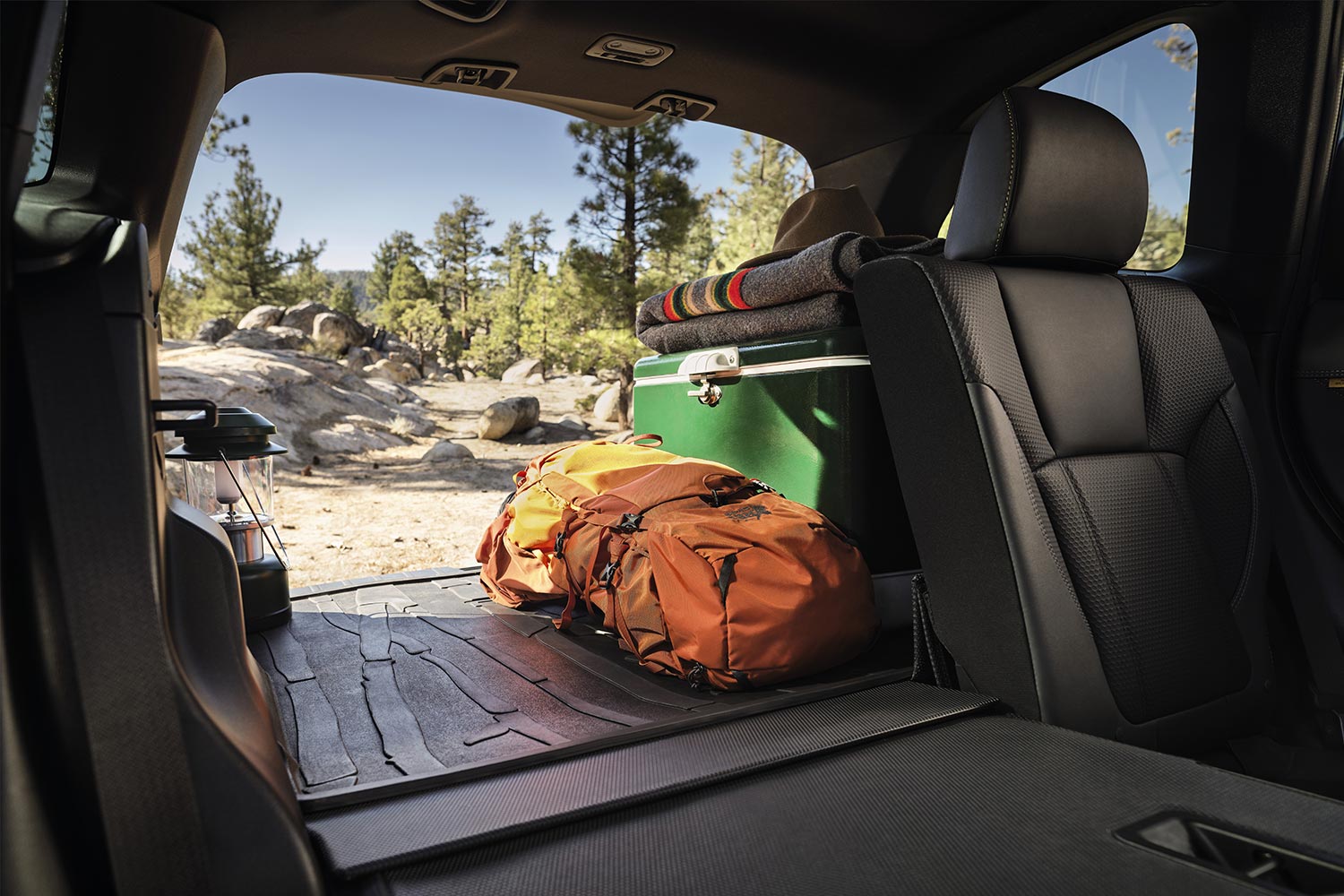
Slow Off the Start
The Forester is not sporty by nature, but this particular version felt especially slow. It took all four cylinders and 182 horsepower of the Boxer engine under the hood to get any sort of decent movement going for the 3,620-pound hauler, which can be partially attributed to that retooling to assist with less predictable terrain (compared to a normal Forester, the Wilderness specs add less than 100 pounds to the chassis). Unfortunately, you have to deal with that drivetrain no matter where you are.
One of the most agonizing issues with this iteration of the Forester is Subaru’s awful engine start/stop system, which kills the engine at an extended full stop to save gas, then sends a jolting restart up to 1,000 rpm when you’re ready to accelerate. So many other automakers have figured out how to make this a more graceful process, and it would do Subaru wonders to follow suit.

Capability Comes Through
The good news is, off pavement, the Forester performs exactly how a Subaru Wilderness-badged vehicle should.
In some testing on slippery gravel and light mud in the foothills of the Oregon Coast Range, the Forester moved with ease, even as it automatically switched between a Snow/Dirt and Deep Snow/Mud mode based on the grip of the tires and overall car movement. These are the only two terrain-specific options available under an X-Mode feature, which is running in the background. The Forester will switch in and out of a specific drive mode based on what it senses on the ground, and it’s relatively seamless. For a Subaru to remain a Subaru, it needs to face chunky roads with complete certainty, and that’s no issue here.
Review: The Ford Bronco Raptor Is Wildly Impractical, And a Total Blast
A normal Bronco is plenty capable, so who needs this overbuilt beast? Only one way to find out…What is an issue is that my $36,000 tester didn’t even come with a trailer hitch. That’s an extra $635 from the factory, and quite remarkable given that a good chunk of the population interested in this trim are going to have a hitch-mounted bike rack or some sort of small trailer.
This Wilderness edition also comes with the brand’s StarTex water-repellent synthetic upholstery, which handles fine, and it does look and feel like leather under the right circumstances, but it remains to be seen how it wears over time.
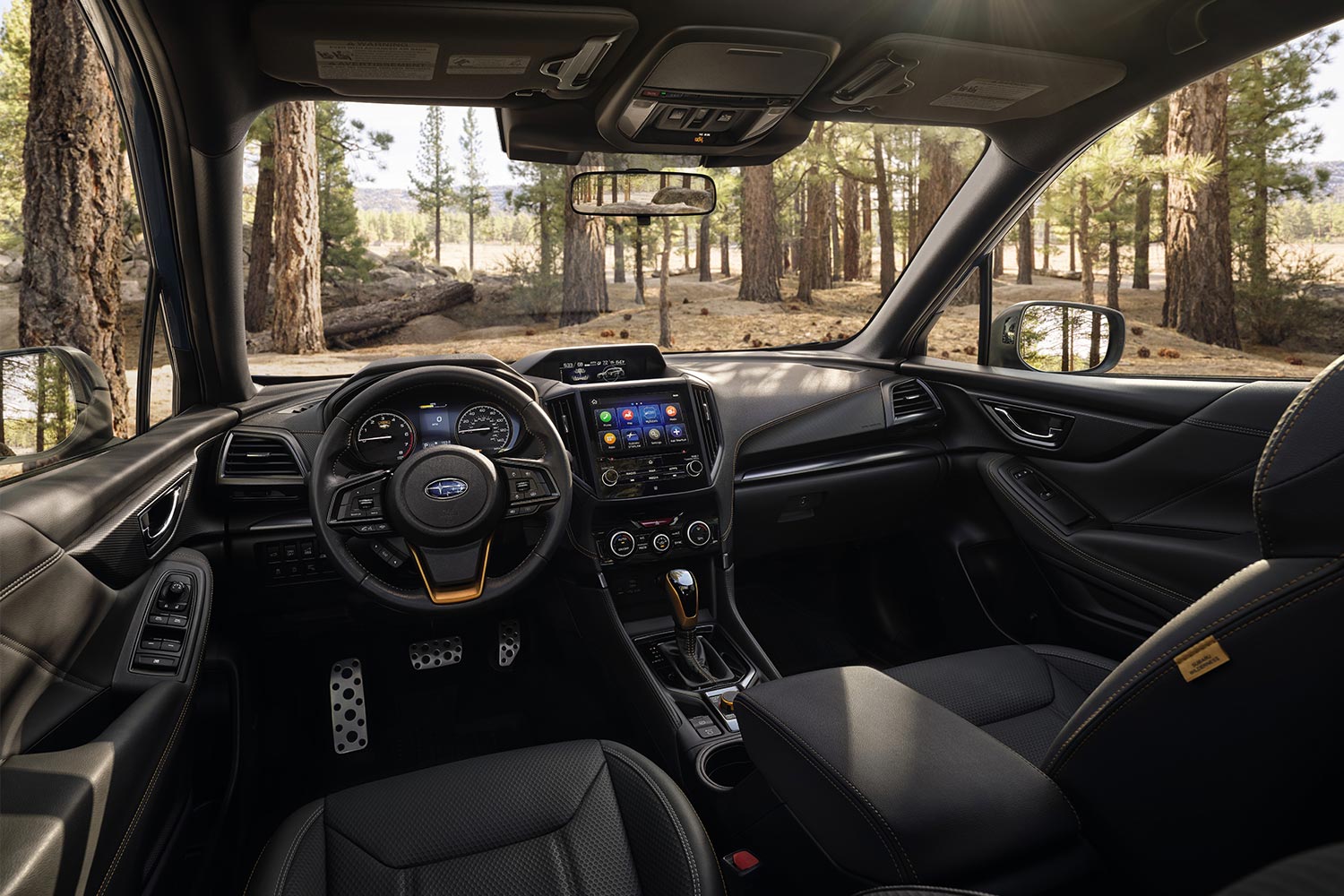
Plastic, Plastic Everywhere
No amount of Wilderness badging and cladding can take away from the unfortunate cheap feeling of this Forester. For starters, there’s far too much plastic both inside and out for a $36,000 off-roader, and that makes competitors — like the Ford Bronco Sport and Toyota RAV4 — feel classier in comparison. Subaru also seems to be relying on the same infotainment system they’ve had for years (something Toyota has also done), with graphics and navigation far past their prime. I get that you’re looking for durability and ease of maintenance in this particular edition, but it leans more utilitarian than anything.
My 2022 Wilderness edition tester rang in at $36,015 exactly, which is a hefty premium over the $25,895 base pricing. (For 2023 models, the Forester starts at $26,395 and the Wilderness model at $34,020.) Unless you absolutely need the elevated off-road capability and are in love with the protective cladding, it’s probably not worth the investment.
As my time with the Forester Wilderness came to a close, I couldn’t help but think about what would compel a buyer to break out the checkbook here: This is a leveled-up Subaru for those that don’t have the time to build one themselves. All of the features you would probably want on a self-modified Forester are there, but you have to think if the extra $8,000 to $10,000 is really worth it. You could likely find either a new or slightly used Forester and build it out how you want it, or just spend the extra money to get this primarily dialed-in version.
So, did Subaru deliver on what their research suggests? Yes, the Wilderness models are beefier and more capable, while still suitable for daily driving. Did they do it in any sort of exciting way? Not really. Subaru feels stuck, especially if this is the standard to which the company is committing resources and development towards new models. The Forester Wilderness is a specific use-case vehicle, of which some Subaru buyers will consider, but it’s not finished in the way those who would want said use-case would look at. Overall, it comes out feeling tired.
The Wilderness edition is still a Subaru at its core, but in all other capacities, it’s starting to lag behind.
This article appeared in an InsideHook newsletter. Sign up for free to get more on travel, wellness, style, drinking, and culture.
